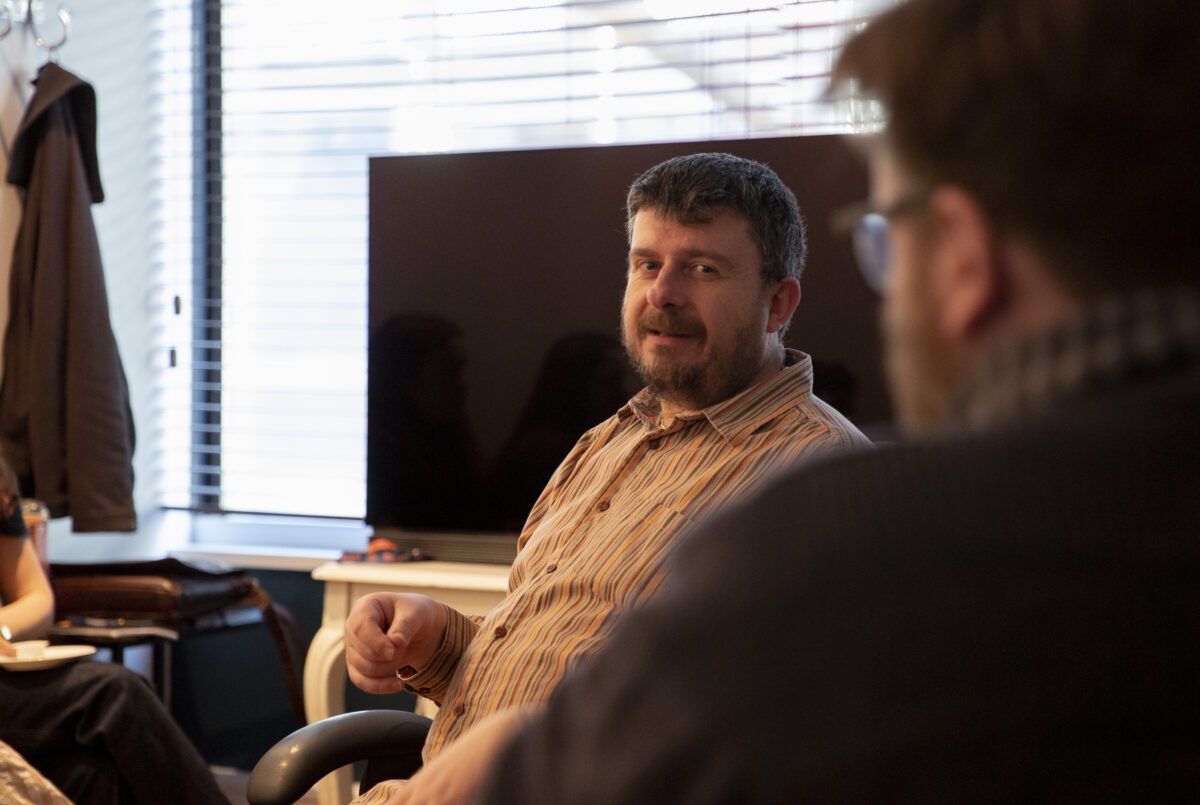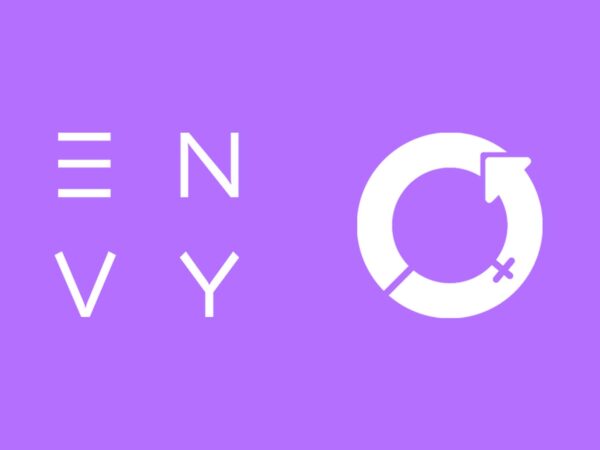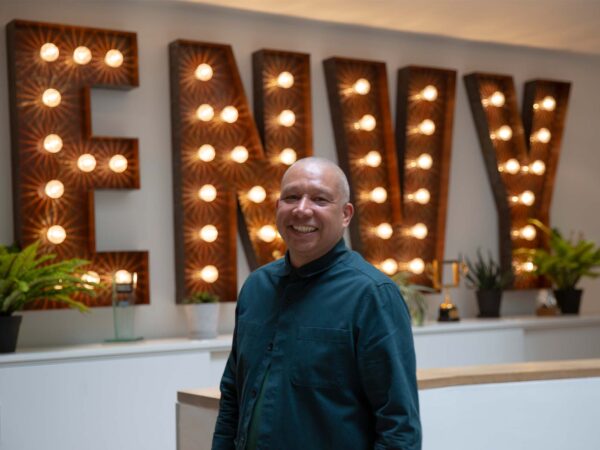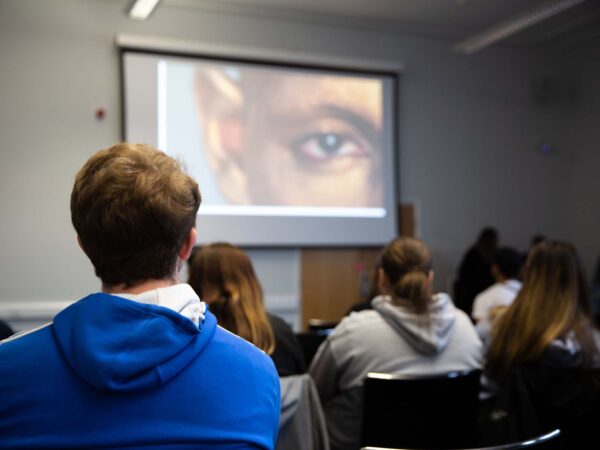
How On-line Editing Shapes the Documentary Viewing Experience
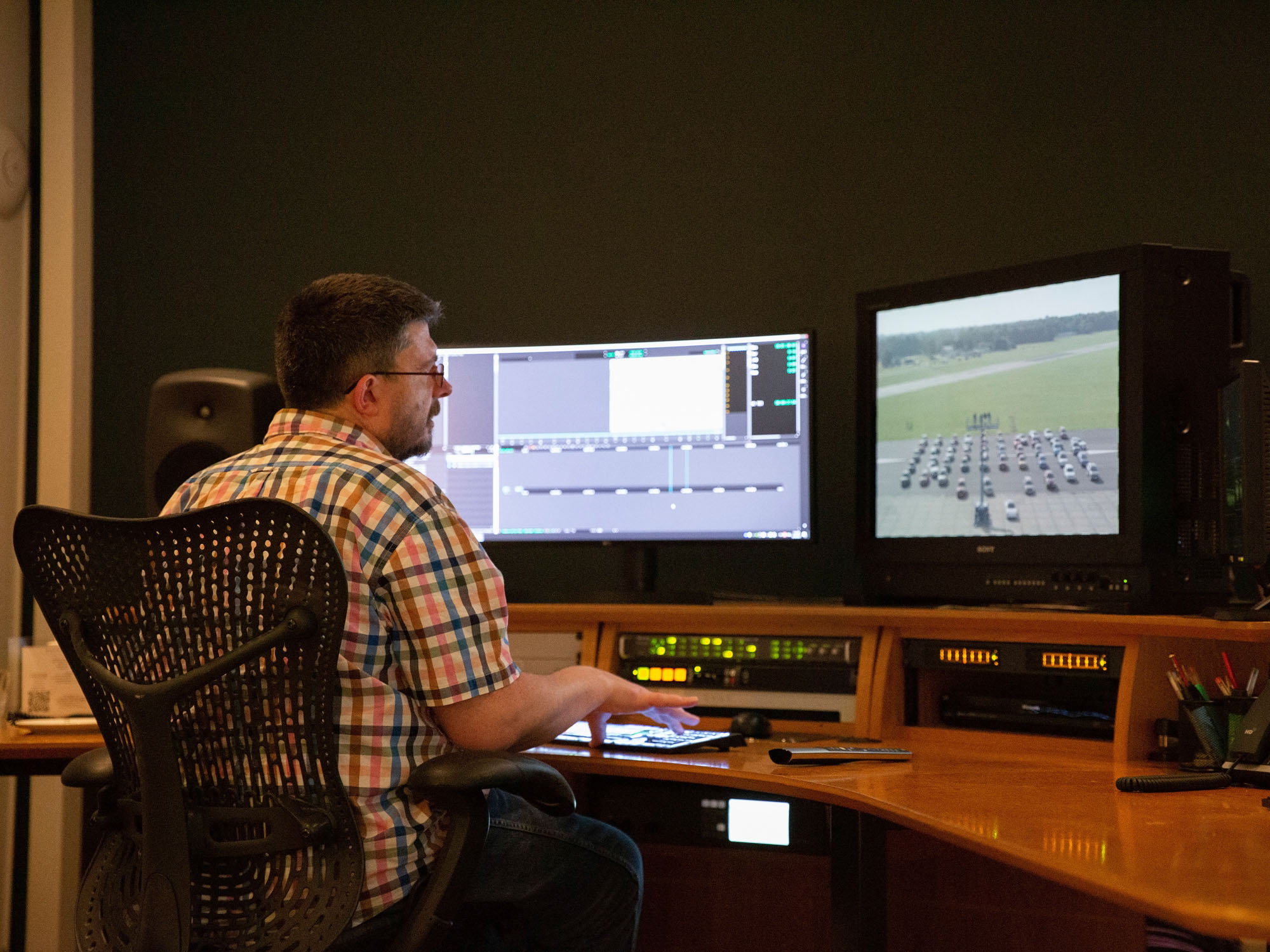
Tagged:
Posted:
29 August 2023
Author:
Daniel Roberts
Behind the Screens
When we watch a documentary, we naturally take in the sights and sounds without even realising it. This is a clear mark of a skilfully crafted film, where the combination of sound, visuals, and colours seamlessly come together. Dicky discusses the challenges and creative opportunities faced as an On-line Editor and some of the things that us as an audience don’t often think about when watching a documentary. Whether you’re a budding factual filmmaker or a documentary enthusiast, this interview will delve into the concealed intricacies of documentary post-production.
What are the biggest similarities and differences between different types of documentary?
By their very nature, documentaries can have a free narrative and structure, however they usually fall into one of these categories: Presenter-led: where a presenter or reporter, usually in vision throughout, leads the viewer through the story. Narrator-led: where an out-of-vision narrator leads the viewer, they can be a 'known voice' or any voice-over artist. Narrative-led: where the contributors themselves tell the story, without the use of voice-over or additional script. So long as the story is engaging, and the craft of camera, sound, editing, etc. is well executed, all these types of documentary can enthral the viewer.
What type of documentaries do you enjoy watching the most?
Narrative-led is particularly interesting, as the producer is limiting themselves to just the contributors and archive to tell the story. When it works, the result is exceptional, as the viewer is aware that the only voices they're hearing are from the contributors, there's no scripted voice-over to 'fill in the gaps' in the story, so the editor has to know all the footage to be able to tell the story, without falling back on the easy option of scripting the story gaps.
How important is collaboration between editor, director and other members of the production team?
In the documentary genre, the editor is key to the film. Assimilating hours of footage, learning and understanding the story, reading pages of transcripts, watching and logging all the relevant archive. It's a massive task, and on many projects the editor is probably the only person who sees absolutely everything. Most producers who work in the documentary field choose to work with specific editors, who are known for their diligence and craft story-telling abilities.
Within the on-line, how do you ensure a documentary maintains a cohesive narrative flow while transitioning between different scenes?
This flow is a combination of grade, on-line and sound mix, all working cohesively to lead the viewer through the story. Sometimes, the producer may wish to create a 'hard stop' which can be used for great dramatic effect, especially if there's been a constant flow up to that point. This technique can be used to emphasise a dramatic moment in the story, for example, a car crash, murder, explosion, etc. How the film restarts after this point usually sets the tone for the remainder of the programme.
What creative decisions do you get to make in the on-line which strengthen the storytelling?
Some documentaries are shot by different crews with different DoPs, so something as simple as interview framing can be completely different throughout the film. If this is the case, the producer and I can decide upon a 'house style', and reframe all interviews, so that contributors appear in the expected position on-screen. Again, with collaboration with the producer, I have control over the font used for captioning, name/role styles, how archive is presented, and opening/closing credit styles.
In addition to this, how do you approach creating and integrating VFX into a project?
Most VFX work is hidden and not seen by the viewer but is nevertheless essential for the storytelling. If the documentary has sections of reconstruction or re-enacted backstory, then VFX work will undoubtedly be required, especially if the producer is recreating something that occurred many years ago. I'm able to use the tools available in the Avid to perform most VFX work, otherwise sections can be exported to Flame for the artists to work on.
Are there any techniques used when handling sensitive content?
Yes, there are procedures that apply to the storage of footage, and the whole production process from off-line to delivery. Sensitive content can cover a range of material, from covertly filmed 'undercover' footage, material filmed in war zones or disaster areas, and content that would be understood to be of political significance. For video material, we can apply blurs to faces, number plates, or anything that requires disguising. Contributors can be filmed in silhouette if required, and we can enhance that in the grade to ensure no features are visible. For audio, contributors’ voices can be 'vocoded' or more simply re-voiced by someone else
How do you ensure the seamless integration of archive footage with newly shot interview footage?
This completely depends upon how the producer wishes to treat the archive material, and how it's supplied to the on-line. My personal preference is to keep archive in its original aspect ratio, so as I'm usually mastering in 16:9, television that was originated 4:3 is presented in a 75% width pillar-box. This can either be interlaced or progressive, depending on the nature of the material. Some productions may be able to access the original film archive, and have the budget to re-scan or telecine, so choices can be made about frame size and aspect ratio. It's perfectly acceptable to intercut 4:3 interlaced archive with 16:9 progressive interviews, this results in the viewer enjoying the archive programme exactly as it was originally broadcast.
What do you think makes a certain documentary stand out in terms of post-production work?
From experience, most documentaries require much more behind-the-scenes work than anyone would expect. Archive research is a huge component of the film, ensuring the most relevant content at the best quality. Clever graphic design and styling can elevate a simple documentary, alongside the colour grade and sound design. When a viewer is watching a documentary, all this visual and audio work is absorbed subconsciously, and if it's been executed perfectly, and complements the story being told, the viewer has a heightened and more pleasurable experience.
Are there any projects which stand out for you, and what are the ones that you’re most proud of?
"Jon Snow: A Witness to History" has been a recent project, looking at the life and career of the journalist and broadcaster, presented in the first-person. This received positive previews and reviews, and I was delighted to have worked on it, as he's a personal hero of mine. Over the last few years, I've been particularly delighted to work on "Paloma Faith: As I Am", Defending Digga D", "The Rise of the Murdoch Dynasty" and "8 Days: To the Moon and Back".
